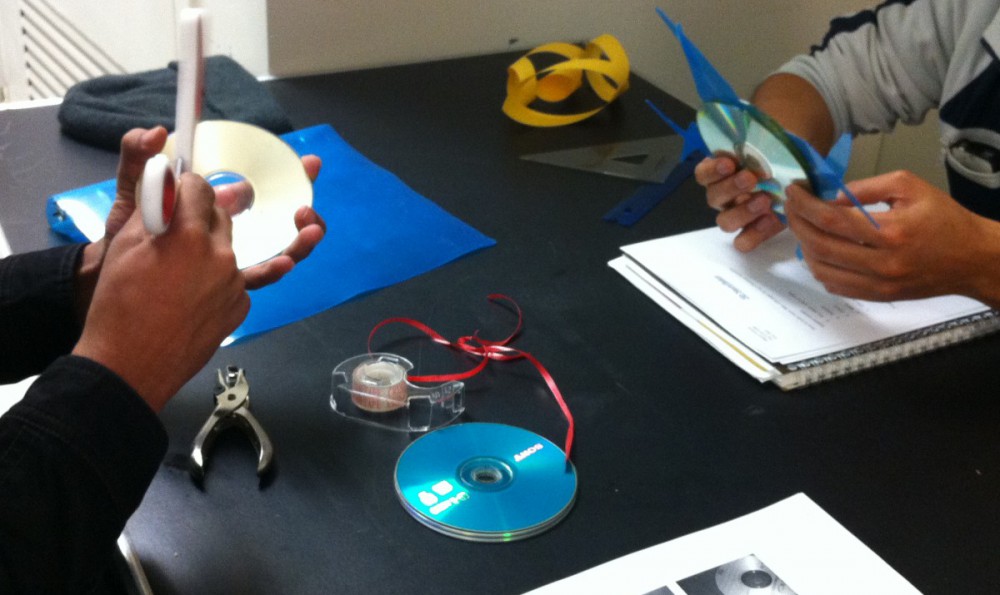Agenda #4
Date: December 3, 2014
Time: 8:00 PM to 11:00 PM
Place: Online virtual meeting via Skype
Meeting called by: Calvin Lo
Attendees: Ogulcan Gol, Rosa Cedano
Objective: to discuss about some of the questions that we need to rephrase and compose and the rationale behind each question.
Agenda:
8:00 PM Discussed about the feedback from Professor Belli.
8:30 PM Rephrase and compose the questions of the Survey.
9:00 PM Write the rationale behind each question.
10:00 PM Finish and submit our rationale for survey
11:00 PM Meeting complete.
Date: December 4, 2014
Time: 10:00 PM to 11:30 PM
Place: Online virtual meeting via Skype
Meeting called by: Calvin Lo
Attendees: Ogulcan Gol
Objective: To discuss the suggestions and feedback from Professor Belli about our rationale and revised our questions.
Agenda:
10:00 PM Discuss rationale feedback from Prof. Belli.
10:20 PM Do additional research relevant to our survey.
11:00 PM Revised the survey questions.
11:30 PM Meeting complete
Date: December 5, 2014
Time: 12:30 PM to 2:00PM
Place: Online virtual meeting via Skype
Meeting called by: Calvin Lo
Attendees: Ogulcan Gol
Objective: To more research and thought about additional questions relevant to our survey and remove questions that were redundant.
Agenda:
12:30 PM Carefully review questions that were not significant in our survey.
12:45 PM Added questions about engagement in lectures.
1:30 PM Thought about rationale and added questions about chairperson
3:30 PM Meeting adjourned.
Date: December 5, 2014
Time: 8:30 PM to 10:00 PM
Place: Online virtual meeting via Skype
Meeting called by: Calvin Lo
Attendees: Ogulcan Gol, Rosa Cedano
Objective: To create a revised survey based on our sources and start developing new questions.
Agenda:
8:35 PM Added new questions based on new research.
9:00 PM Went over our deliverables.
9:15 PM Finalized our Survey
9:25 PM Finalized the rationale and posted it on OpenLab.
9:17 PM Briefly discuss our next steps to start our first draft of the final write up
10:00 PM Meeting Complete.
Date: December 6, 2014
Time: 2:30 PM to 4:00 PM
Place: Online virtual meeting via Skype
Meeting called by: Calvin Lo
Attendees: Rosa Cedano
Objective: To start the first draft of our write up and finish up the introduction section.
Agenda:
2:35 PM Briefly review what content should be included in the write up.
3:00 PM Begin to do our introduction.
3:30 PM Review our deliverables.
3:55 PM Finished up the introduction.
4:00 PM Meeting Complete
Date: December 6, 2014
Time: 8:30 PM to 10:00 PM
Place: Online virtual meeting via Skype
Meeting called by: Calvin Lo
Attendees: Ogulcan Gol, Rosa Cedano
Objective: To start working on the body section such as data analysis, methods and results.
Agenda:
8:35 PM Started writing the method section.
9:20 PM Stated working on the data analysis sections.
9:15 PM Carefully analyzed the rationale of our questions.
9:25 PM Created a cover page and table of contents.
9:17 PM Updated the annotated bibliography.
10:00 PM Meeting Complete
Date: December 7, 2014
Time: 2:30 PM to 4:00 PM
Place: Online virtual meeting via Skype
Meeting called by: Calvin Lo
Attendees: Ogulcan Gol
Objective: Continued working on the body such as data analysis, methods, and results.
Agenda:
2:30 PM Edited introduction and data analysis.
3:30 PM Edited the Methods sections.
4:00 PM Meeting Complete
Date: December 8, 2014
Time: 8:30 PM to 11:30 PM
Place: Online virtual meeting via Skype
Meeting called by: Calvin Lo
Attendees: Ogulcan Gol, Rosa Cedano
Objective: To finish up the body of the first draft of our final write up and start working on the appendices.
Agenda:
8:30 PM Review what we have done so far and what we need to do moving forward.
9:00 PM Further revise introduction and background.
9:40 PM Started to create and organize the appendix.
10:20PM Finished up our methods and data analysis
11:30PM Meeting complete
Date: December 9, 2014
Time: 2:30 PM to 4:30 PM
Place: Online virtual meeting via Skype
Meeting called by: Calvin Lo
Attendees: Ogulcan Gol
Objective: To write the conclusion section and create graphs of our results.
Agenda:
2:30 PM Started working on the graphs.
3:30 PM Started writing the conclusion section.
4:30PM Meeting complete
Date: December 9, 2014
Time: 8:30 PM to 11:30 PM
Place: Online virtual meeting via Skype
Meeting called by: Calvin Lo
Attendees: Ogulcan Gol, Rosa Cedano
Objective: To finish our first draft of the final write up and submit it to Dropbox
Agenda:
8:30 PM Carefully review all the sections of our write up.
9:00 PM Finish working up on the graph.
9:30 PM Started to adding and editing everything in one document.
10:10PM Finished up the Minutes and Agenda, Progress Report section of the appendix.
11:00PM Submit our first draft of final write up.
11:30PM Meeting complete.



